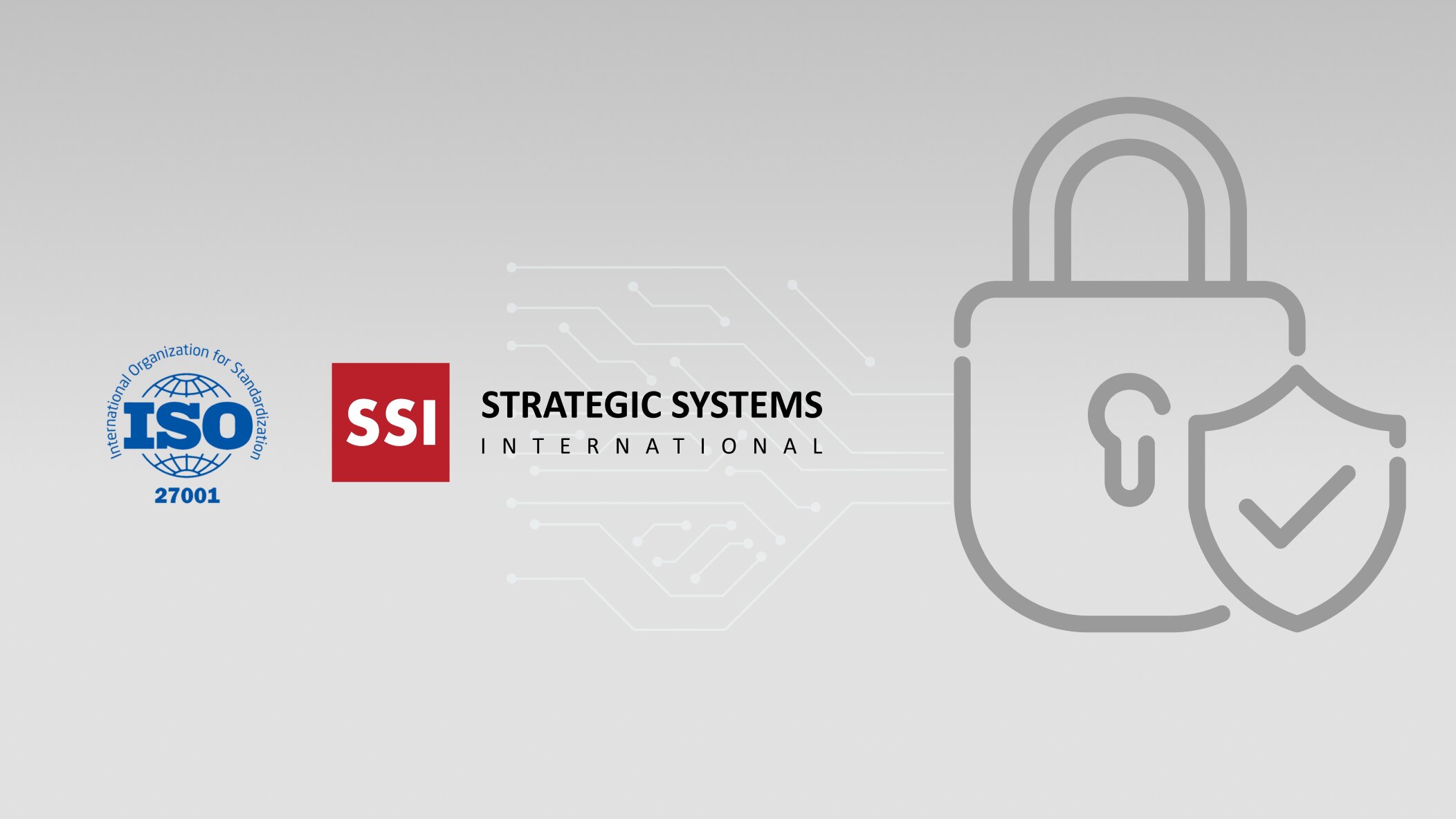Recently, someone asked me if I had accomplished what I set out to do with SSI. While I think there are always more adventures to be had, fortunately, I was able to say, “Yes, I believe I have.”
That query started me thinking about why and how I started the company. When I founded SSI, my initial focus was to help clients solve their business problems by using math. And for the first 10 years or so, that’s what we did. We applied analytical and mathematical approaches to our clients’ challenges, delivering everything from enterprise strategy to functional solutions such as manufacturing and distribution planning, demand forecasting, and fulfillment optimization.
In the early 2000s, I hired Shahab Ashraf, and he helped set up our first offshore development center. Then an interesting thing started to happen — companies began asking for our help with their product development.
One of our first clients, an investments modeling and data company, needed help clearing their backlog. We set up a dedicated team for the project and went to work. In three years, our client tripled in size and sold to Thomson Reuters for around $130 million.
Helping this company switched on some light bulbs for us, and it was then we began our transition to who SSI is today: a full-service product development company that helps other technology companies go to market faster and better.
Since its creation, SSI has grown to more than 500 employees, with offices in the US, Germany, and Pakistan.
As I hand over the SSI baton to Humayun Latif and Shahab, and retain my position at the helm of three other companies I started: Quantis International, The Optimé Group, and Optimé Supply Chain, I thought it might be helpful to share some of my key findings from over the years.
Insights from More than 30 Years in Tech Leadership
1. Creating the right team is crucial for success
It’s difficult for small technology companies to find and assemble the right talent to develop and scale their products, and here’s why: Many times, small companies land large customers. Large enterprise customers are demanding and require perfection.
Even if your small company has managed to raise $10 million in funding, without the right combination of people to develop that solution, it will be hard to pull it off fast enough and with high quality.
Small shops aren’t alone in this; it’s often just as challenging for large companies. Whether you’re a smaller, fast-growing tech company or a large enterprise, it can be difficult to thoroughly vet talent. A hire with a great resume may be great individually, but how well will they work with the rest of the team?
Executing on an initial idea is hard, but scaling it is even more so. You can land a customer with a proof of concept (POC), but scaling it in the face of success and super-fast growth? Challenging. It comes back to quality and speed. You can do that only when you’ve assembled a cohesive team that works well together
2. Becoming an entrepreneur can be a shock to the system, even for experienced professionals
The minute you leave a large company and become an entrepreneur with your own brand, you won’t get the same level of attention — at least not early on.
At that large business, you were a functional expert and a good, maybe even great, one. But as a small startup trying to sell back into that large company, you’re not being looked at in only one aspect or area of expertise.
They’re interested in your entire capability. Unless you’ve managed to bring a talented team of people (developers, quality assurance, business analysts, DevOps) along with you, this is often where struggle emerges.
It can be a Catch-22. In a large company, you don’t usually need to wear a lot of hats — there are a lot of heads to help carry the weight. As the founder of a company, though, you’re knee-deep in details and headed for the weeds.
The same situation occurs at large companies, but inversely. As an outsource software development company, at SSI we find ourselves completing a sort of symbiotic loop with our clients to account for this.
For example, organizations ask for our help developing a solution, to deliver on their vision. But unless they come armed with a precise mix of people who are in sync with the vision, the path, and the nuances of the business, it can be easy for them to get lost in the details. Not because they aren’t experts in their areas, but because they each wear a specific hat. We come in and bridge the gaps; translate between technical staff and management as we implement and execute.
Be prepared to see all the needs and demands of the company that you never saw, even when you were working there.
3. Scaling is never one and done
Success will require software that can keep up, as well as the right mix of people to manage it. It will also require senior, non-technical people, such as project managers, directors, and VPs, who can work with people at different levels of the client company to meet their needs quickly and with high quality.
This is all part of being the right partner. It’s not enough to understand technology. You must also understand the client’s business and where their management wants to go. While you cannot have the vision for the company, you are responsible for executing it.
4. Serving large, demanding customers is challenging — and training is vital
At the risk of being repetitive, none of it can happen without having the right mix of people and ensuring they’ve been fully trained.
Training is a key contributor to SSI’s success, and we give our team experiences with a broad, cross-section of clients. Before anyone becomes a team leader, they first work with several clients and learn best practices and the relevant tools and technologies.
Because SSI is in the business of creating technology and solutions, we hire and train for future needs. This prevents panicked reactions. “This customer needs something we don’t have, so let’s run out and find ten people.”
The problem is that those 10 people may not have worked together previously. And if they did, there’s no guarantee they worked together well. By constantly hiring, training, and engaging new hires in a very productive manner, you avoid that situation. It’s this attitude of building expertise and an uncompromising attention to detail that has made SSI so successful — that and our phenomenal team.
So yes, upon reflection, I can confidently say that I did accomplish what I set out to do when I founded SSI more than 30 years ago.
I wanted us to be a high-quality global partner for our customers, both geographically and in terms of the services we offer. I wasn’t after size, and we’re still not. We don’t want to be a 100,000-person company. We want to be a great, 1,000 to 2,000-person company that helps people solve complex problems with new and innovative technology solutions.



